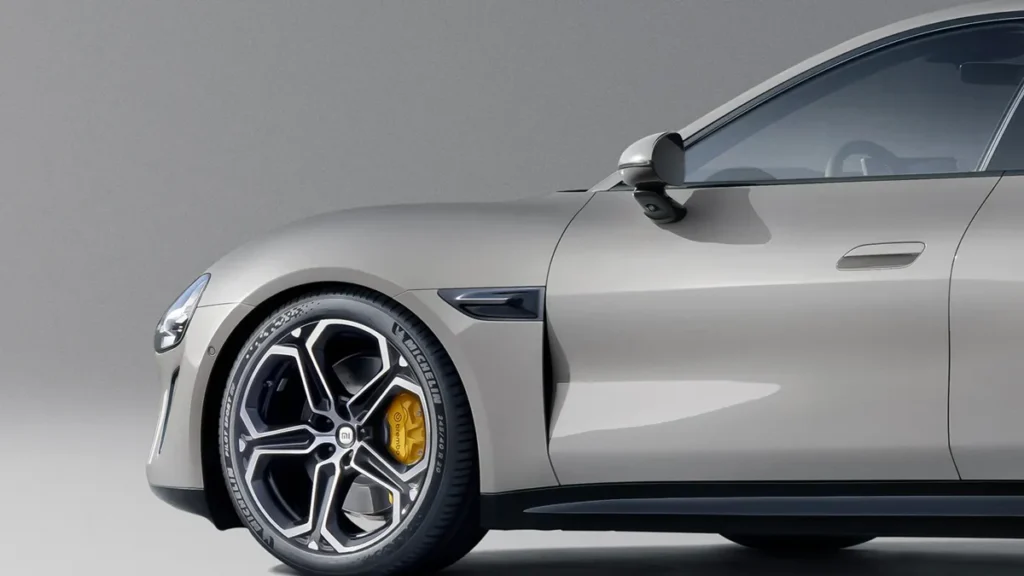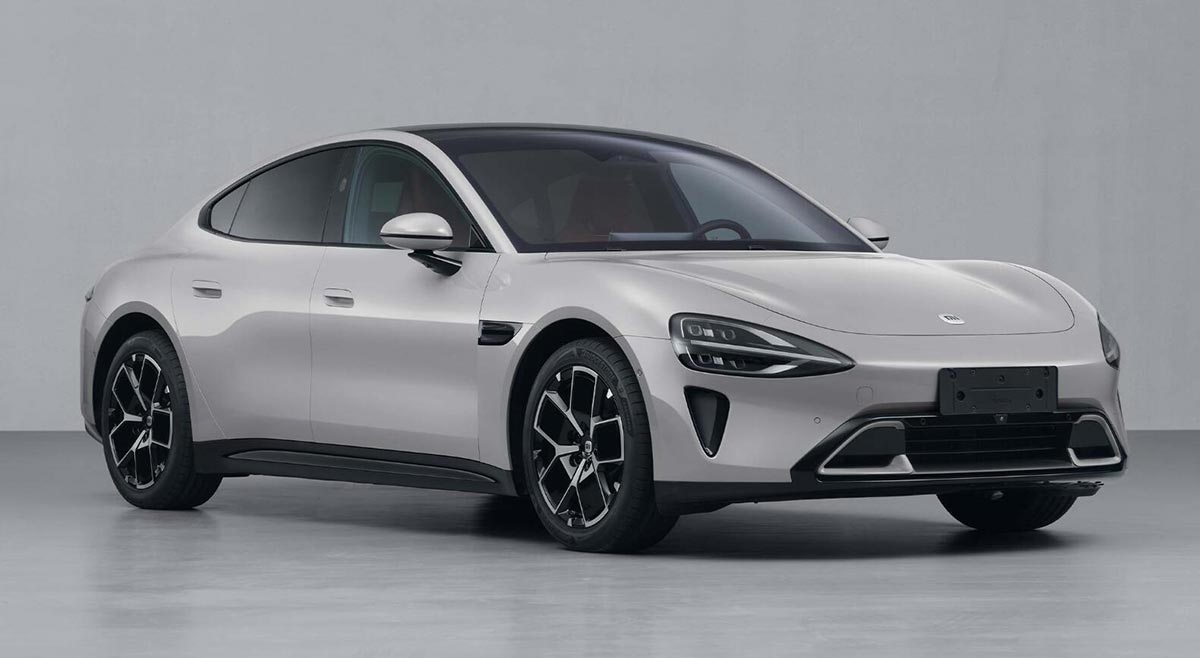Xiaomi’s is on pace to sell 100,000 electric vehicles this year after launching its first model in March. It is already working on future ideas, such as a small crossover that competes with the Tesla Model Y, but it is never still. The Chinese manufacturer is reportedly working on a plug-in hybrid model with extended range, but it is also aiming for high volume sales.

When Xiaomi’s said that it would be producing cars in 2021, everyone was taken aback. At the time, Project Titan, Apple’s iCar, was the center of attention and was anticipated to provide results shortly. Nevertheless, Apple abandoned the project after investing $10 billion and seeing little real progress. For this reason, not many people thought Xiaomi would truly introduce a car. Who could, after all, accomplish it if Apple couldn’t? As it happened, Xiaomi outperformed Apple, and the SU7 car was released in March.
Considering how difficult it is to move from a prototype to series manufacturing, this still didn’t convince doubters. Xiaomi’s EV startups are struggling to make it, and some of them have even declared bankruptcy after releasing their initial models. Few believed Xiaomi’s would have a different outcome, yet the SU7 was an overwhelming success in spite of all the odds. With resources to ramp up manufacturing more quickly than anticipated, the technology giant is now on schedule to deliver its 100,000th car by year’s end.

Xiaomi’s is developing new models and isn’t taking its success lightly. The Chinese automaker is adding a performance variation to the range; we have already saw a modified SU7 testing on the Nürburgring. According to earlier rumors, a Tesla Model Y competitor is also being developed, with plans to begin production the following year. But according to a recent Chinese story, Xiaomi is not content to be an EV manufacturer like Tesla; a plug-in hybrid is also reportedly in the works.
Launched in 2026, this model is scheduled to be the third in the lineup. Xiaomi’s is thinking about including a range extender for the first time. This will enable it to further reduce the price and downsize the battery pack, improving the appeal of the new model. Despite the fact that batteries power about half of all new cars produced in China, plug-in hybrids continue to be highly popular.

The vehicle that extends range belongs to a family and is most likely a small crossover. According to the article, Xiaomi’s went through two phases of development, each of which produced a prototype. This shows how far along the project is already. Xiaomi markets its products to young families, which is code for saying that the next model will be as inexpensive as chips.
It will do this, among other things, by substituting non-critical parts with lower-quality ones. Xiaomi specifically plans to swap out non-safety-related automotive-grade components for consumer-grade electronics. For example, the infotainment system and cabin cameras will be powered by less expensive technology. With this model, Xiaomi also intends to use a modular strategy that would enable users to add features after delivery, hence reducing the base price.
